Maputo Street Art – Viewing other narratives
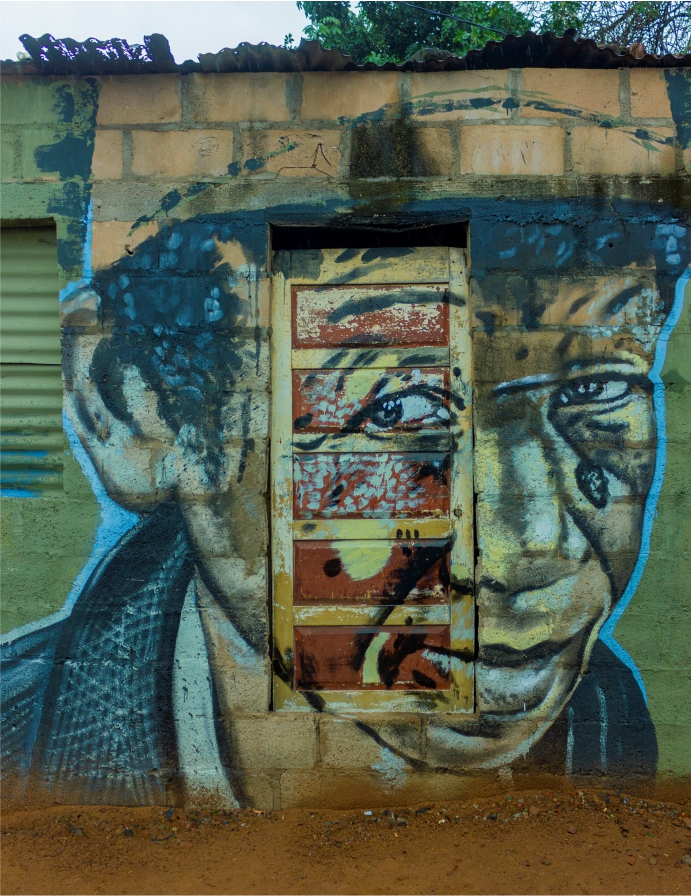
All over the outskirts of Maputo, brands of mass products are taking over the walls of backyards, bars and wherever else is possible to dilute the colors of their visual identities and words of seduction to the customer. Ivan Mahumane, whose artistic name is Afro Ivan, from the School of Visual Arts movement, like other colleagues, painted for the advertising agencies behind the brands.
Adversiting
His sensitive side, in conversation with his also creative side, turned his attention to the bare walls of Unit 7, on the outskirts of Maputo, where he was born and raised. He took the paint he had and gradually tattooed his works on the walls of the ghettos, just like the skin of the neighbourhoods. In a timid but ambitious way, Maputo Street Art was born.
Bright colours, warped shapes, hopeful content, art by art, tell stories or not, Kassiano and other artists who joined the movement, (re)trace the narratives and fantasies of the alleys of the town, having already intervened in more than eight neighbourhoods.
Maputo Street Art, which includes, among others, the visual artist and academic Titos Pelembe, promising photographer Idelfonso Colaço (a contributor to Índico magazine) or the actor Phayra Baloi, has been offering guided tours of the painted murals, which add not only to the walls, but also to the neighbourhoods’ residents, who also come to better understand the relevance of that work.
This movement, if we consider the artist as a water agitator, challenges what is established in the conservative understanding of spaces to see and make art, while simultaneously democratizing access to art by making the city outskirts, equally, an open-air gallery.
Edição 77 Jan/Fev| Download.
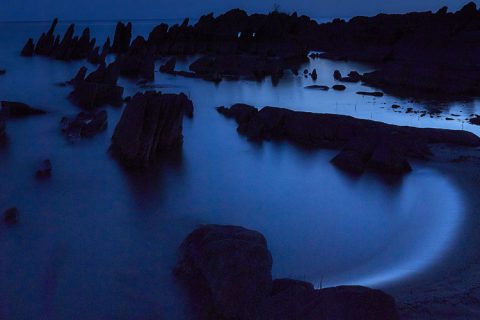



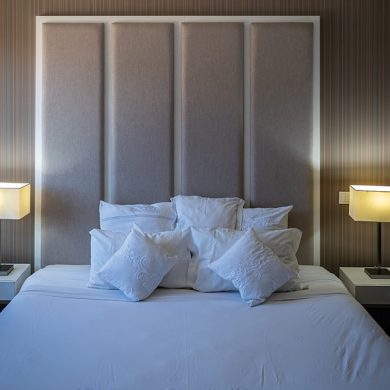
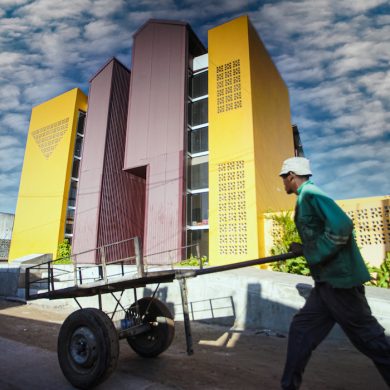
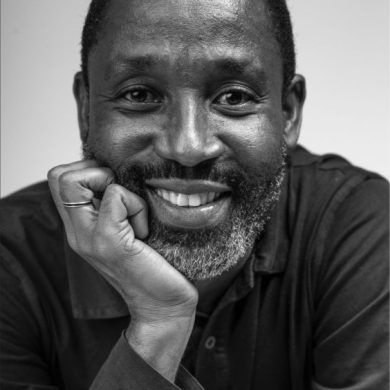

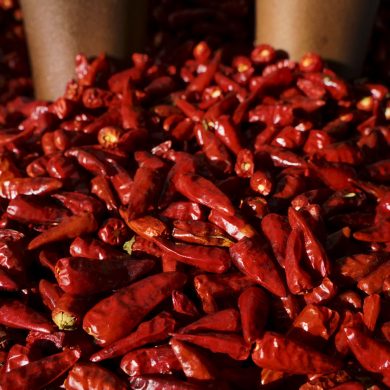
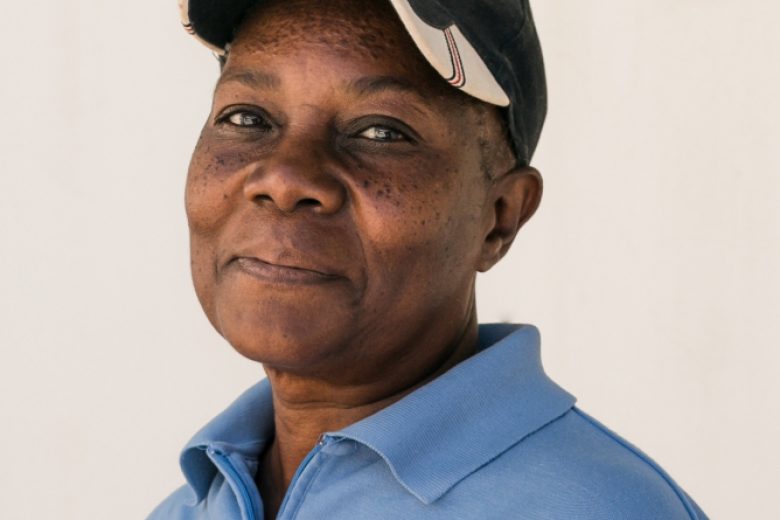






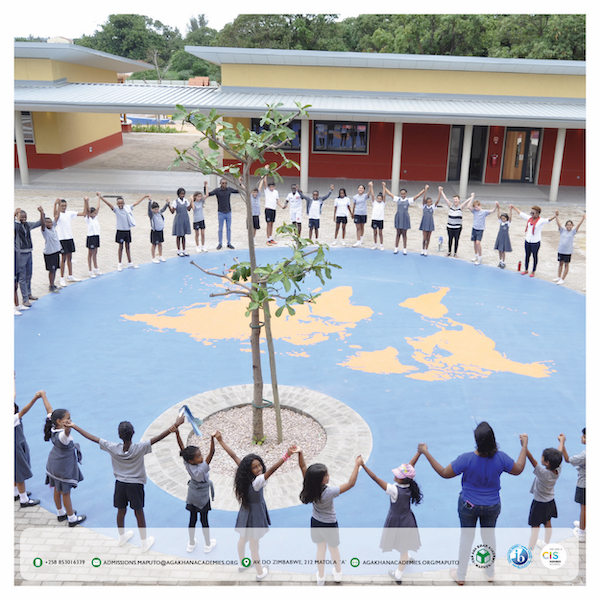









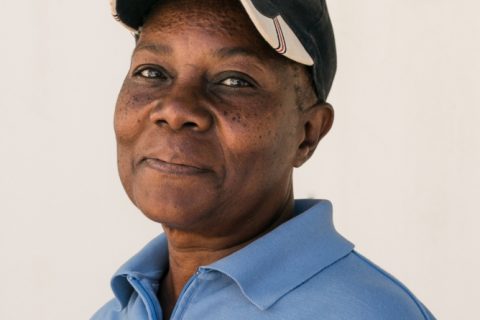
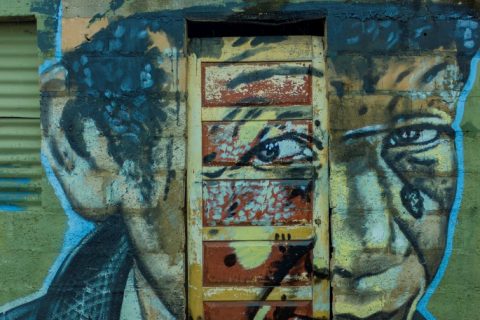

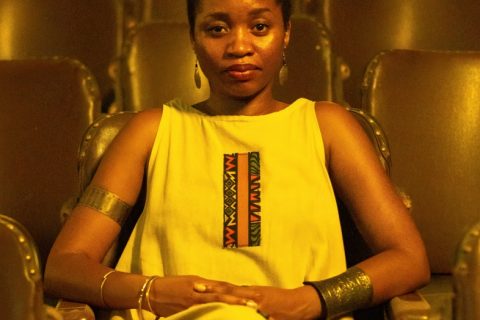
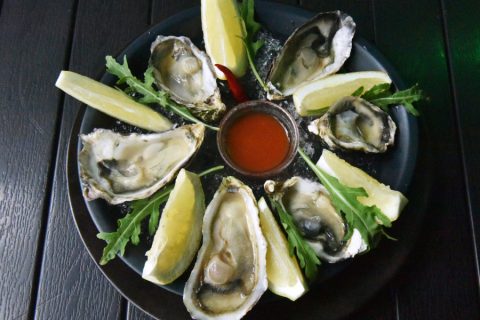

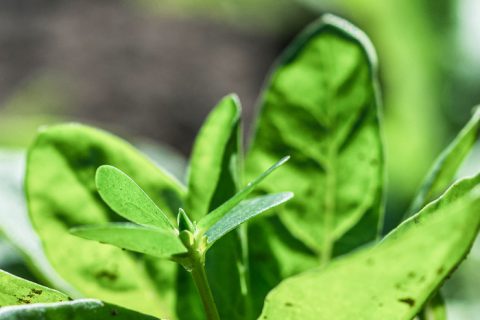
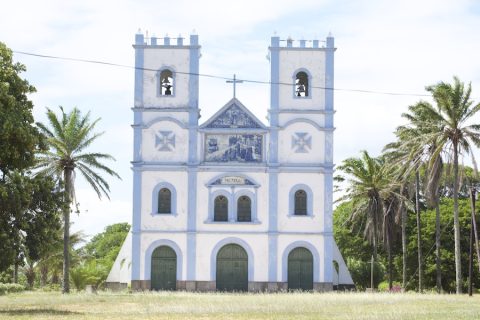
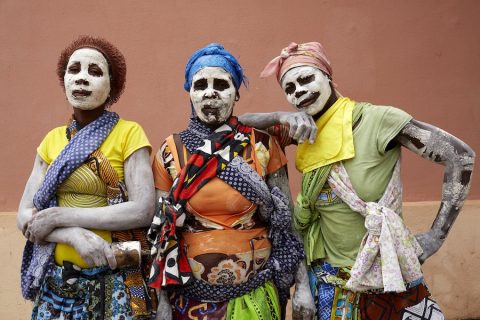
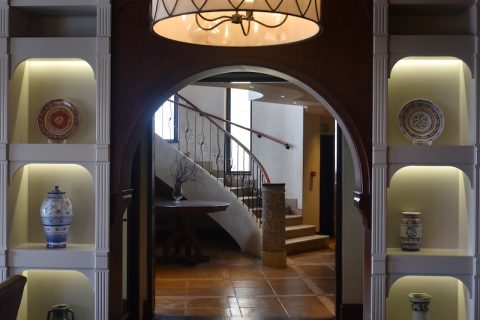


0 Comments